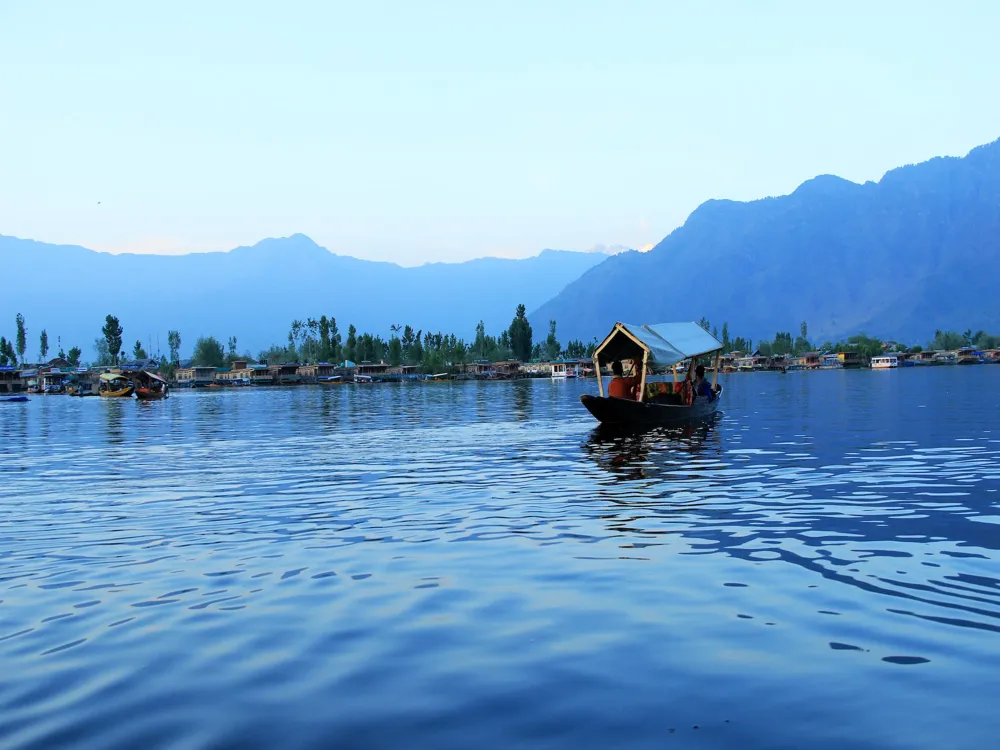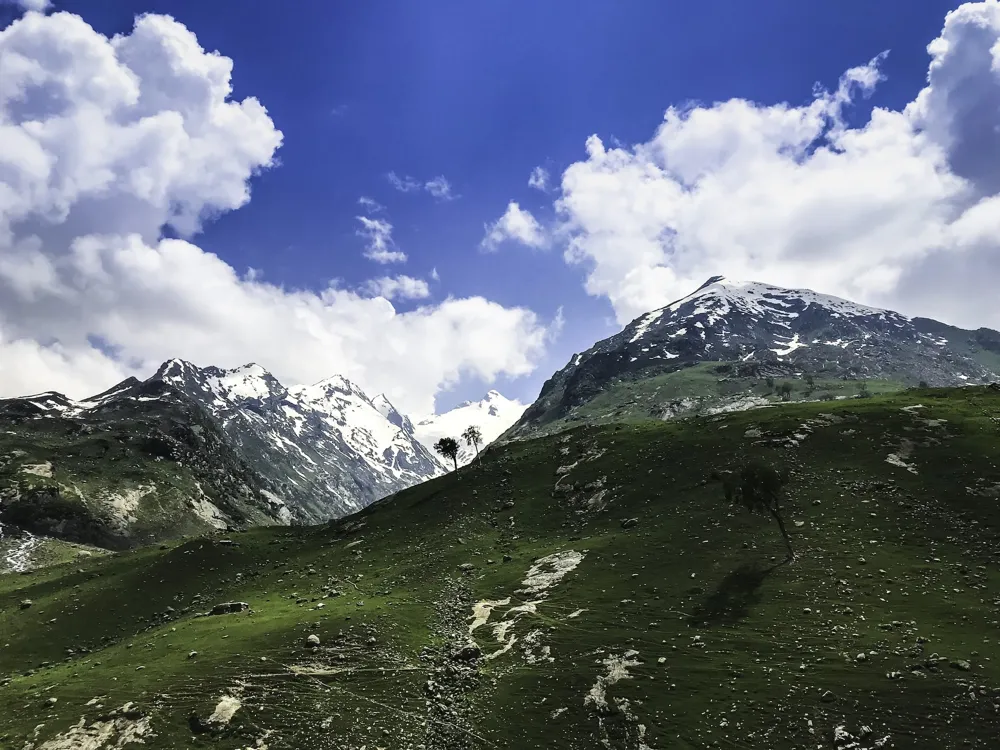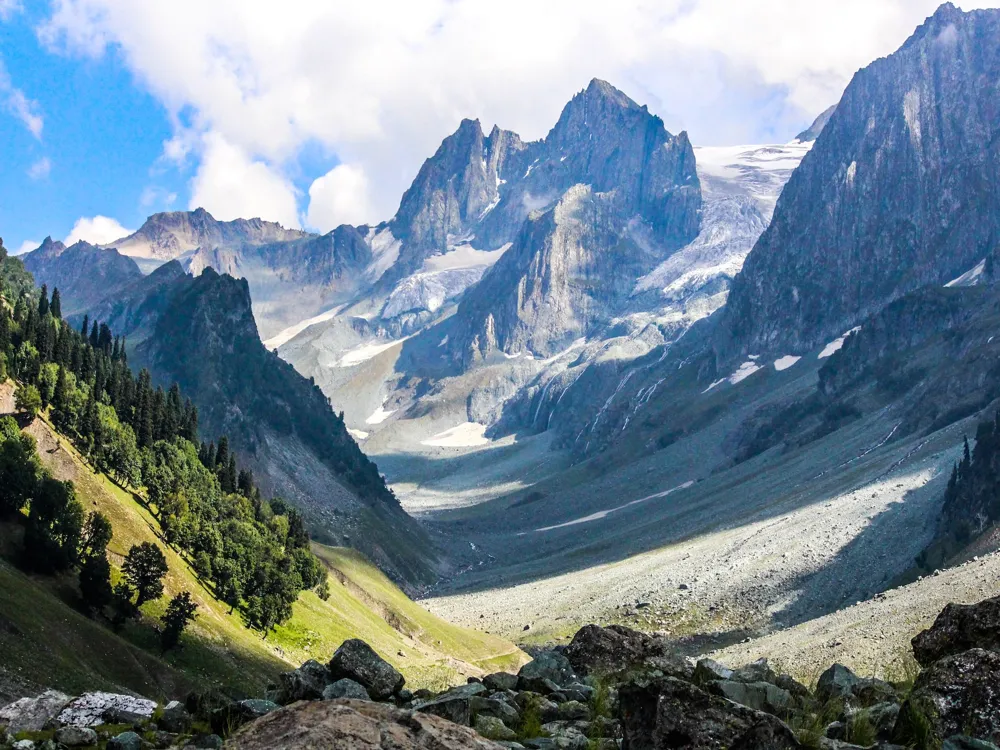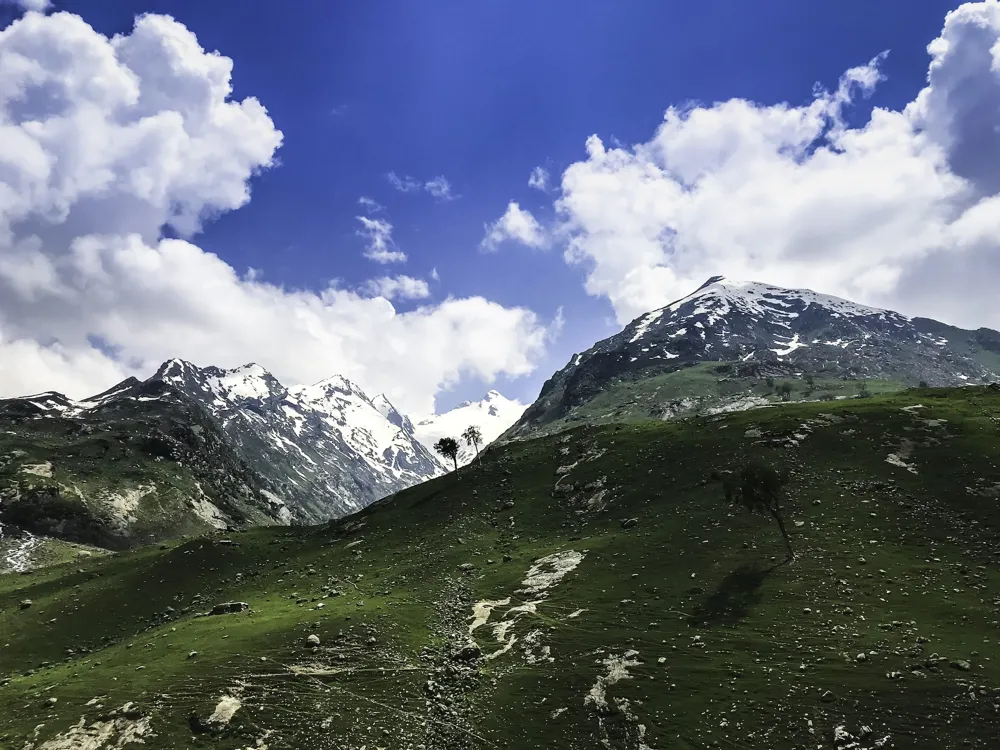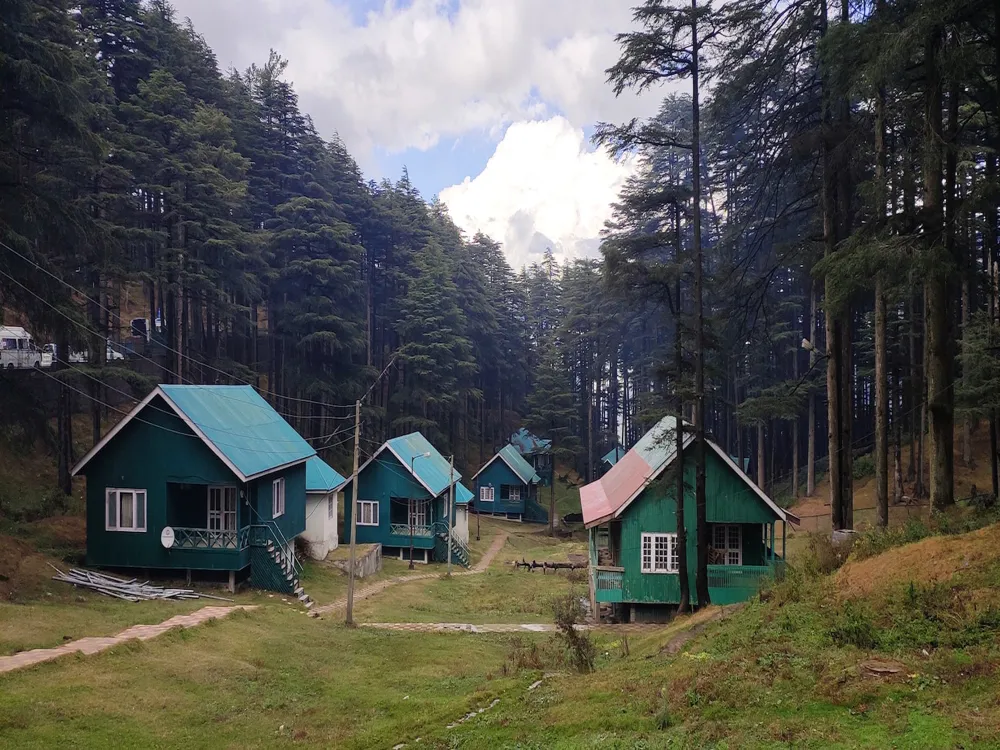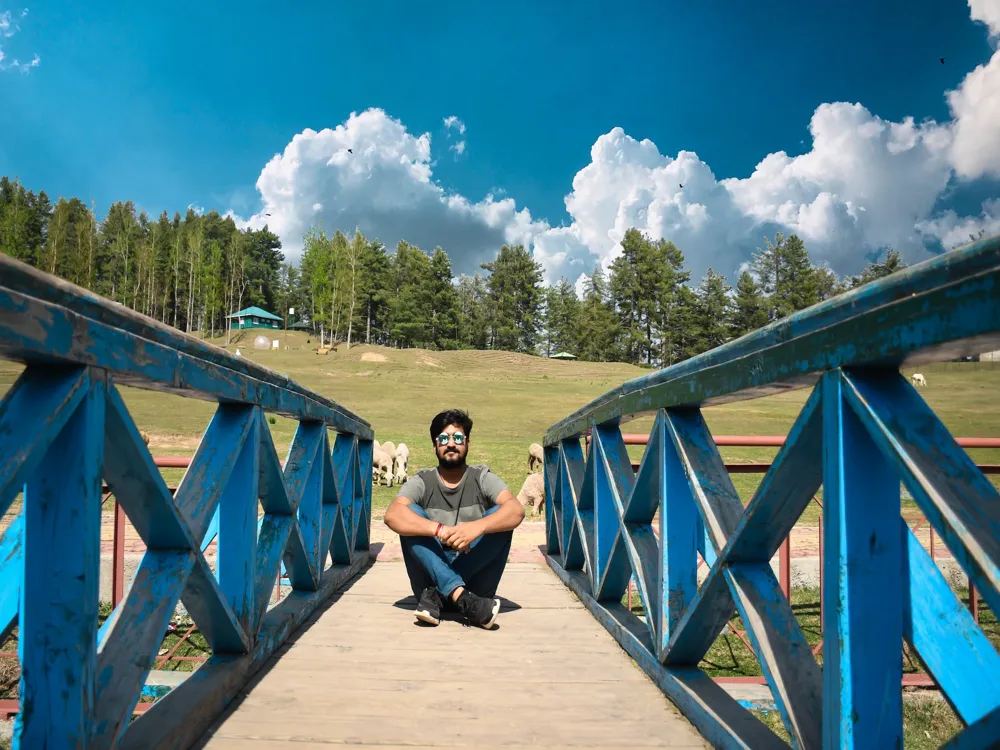The Martand Sun Temple, a remarkable historical site located in Anantnag, Jammu and Kashmir, stands as a testament to the rich cultural and architectural heritage of India. Built during the 8th century CE under the patronage of King Lalitaditya Muktapida of the Karkota Dynasty, this temple is dedicated to the Sun God, Surya. Its strategic position, commanding a panoramic view of the Kashmir Valley, highlights its historical and geographical significance. The temple's architecture is a unique blend of Gandharan, Gupta, and Chinese forms, making it an exemplary piece of ancient Indian art. Despite being in ruins, the Martand Sun Temple continues to awe visitors with its intricate carvings, symmetrical design, and the grandeur of its central shrine, surrounded by 84 smaller shrines. The site not only reflects the religious beliefs of its era but also showcases the advanced engineering and architectural skills of the time. The architecture of the Martand Sun Temple is a marvel of ancient engineering and artistic excellence. The central shrine, dedicated to the deity, was constructed on a high platform, surrounded by a colonnaded courtyard which had smaller shrines at its periphery. The temple's design follows a precise mathematical layout, incorporating aspects of Vastu Shastra and mandala design principles. The temple's main sanctum, now in ruins, was once adorned with elaborate carvings depicting various Hindu deities, motifs of flora and fauna, and scenes from Hindu mythology. The use of strong and durable limestone in construction has allowed the remnants of the temple to withstand the test of time. The blend of Greek, Roman, and Asian architectural styles makes the Martand Sun Temple a unique and invaluable piece of historical artistry. The ideal time to visit the Martand Sun Temple is between April and October. During these months, the weather in Kashmir is pleasant, making it conducive for exploring the outdoor ruins. As the temple is a place of historical and cultural significance, visitors are advised to dress modestly. Comfortable walking shoes are recommended due to the uneven terrain of the site. Photography enthusiasts should consider visiting during the golden hours (early morning or late afternoon) for the best natural lighting. The temple's ruins against the backdrop of the Himalayas offer a breathtaking view. Martand Sun Temple is accessible by various modes of transportation. The nearest major city is Srinagar, approximately 64 kilometers away. Visitors can hire taxis or take local buses from Srinagar to Anantnag. From Anantnag, the temple is a short drive away. For those preferring to fly, the nearest airport is in Srinagar, well-connected with major cities across India. Additionally, Jammu is the nearest railway station, from where taxis or buses can be taken to reach the temple. Read More:Overview of Martand Sun Temple, Anantnag, Jammu and Kashmir
Architecture of Martand Sun Temple
Tips When Visiting Martand Sun Temple
Best Time to Visit
Dress Appropriately
Photography Tips
How To Reach Martand Sun Temple
Martand Sun Temple
Anantnag
Jammu And Kashmir
NaN onwards
View anantnag Packages
Weather :
Tags : Temple
Timings : 6:00 AM - 7:00 PM
Time Required : 1-2 hrs
Entry Fee : No entry fee
Planning a Trip? Ask Your Question
Anantnag Travel Packages
View All Packages For Anantnag
Top Hotel Collections for Anantnag

Private Pool

Luxury Hotels

5-Star Hotels

Pet Friendly
Top Hotels Near Anantnag
Other Top Ranking Places In Anantnag
View All Places To Visit In anantnag
Faq on Anantnag
What is the history of Martand Sun Temple Anantnag?
The Martand Sun Temple in Anantnag, Kashmir, dates back to the 8th century AD. It was built by the third ruler of the Karkota Dynasty, Lalitaditya Muktapida.
What is the significance of Martand Sun Temple?
The Martand Sun Temple is renowned for its architectural grandeur and historical significance. It is considered one of the finest examples of ancient Kashmiri architecture and Hindu temple design.
Is Martand Sun Temple Anantnag still functional?
No, the Martand Sun Temple is no longer functional for religious practices. It is now a protected archaeological site managed by the Archaeological Survey of India.
What is the architectural style of Martand Sun Temple?
The Martand Sun Temple showcases a blend of Greek, Indian, and Roman architectural styles. Its impressive colonnaded peristyle, intricate carvings, and grandeur reflect the rich cultural heritage of Kashmir.
What are the visiting hours for Martand Sun Temple?
The Martand Sun Temple is open for visitors from sunrise to sunset throughout the week. However, it's always good to check with local authorities or guides for any updated information before planning your visit.
View anantnag Packages
Weather :
Tags : Temple
Timings : 6:00 AM - 7:00 PM
Time Required : 1-2 hrs
Entry Fee : No entry fee
Planning a Trip? Ask Your Question
Anantnag Travel Packages
View All Packages For Anantnag
Top Hotel Collections for Anantnag

Private Pool

Luxury Hotels

5-Star Hotels

Pet Friendly
Top Hotels Near Anantnag
Other Top Ranking Places In Anantnag
Faq on Anantnag
What is the history of Martand Sun Temple Anantnag?
The Martand Sun Temple in Anantnag, Kashmir, dates back to the 8th century AD. It was built by the third ruler of the Karkota Dynasty, Lalitaditya Muktapida.
What is the significance of Martand Sun Temple?
The Martand Sun Temple is renowned for its architectural grandeur and historical significance. It is considered one of the finest examples of ancient Kashmiri architecture and Hindu temple design.
Is Martand Sun Temple Anantnag still functional?
No, the Martand Sun Temple is no longer functional for religious practices. It is now a protected archaeological site managed by the Archaeological Survey of India.
What is the architectural style of Martand Sun Temple?
The Martand Sun Temple showcases a blend of Greek, Indian, and Roman architectural styles. Its impressive colonnaded peristyle, intricate carvings, and grandeur reflect the rich cultural heritage of Kashmir.
What are the visiting hours for Martand Sun Temple?
The Martand Sun Temple is open for visitors from sunrise to sunset throughout the week. However, it's always good to check with local authorities or guides for any updated information before planning your visit.












